How to install RAM in your desktop or laptop PC
It's easy to install RAM in your PC. Here's how.
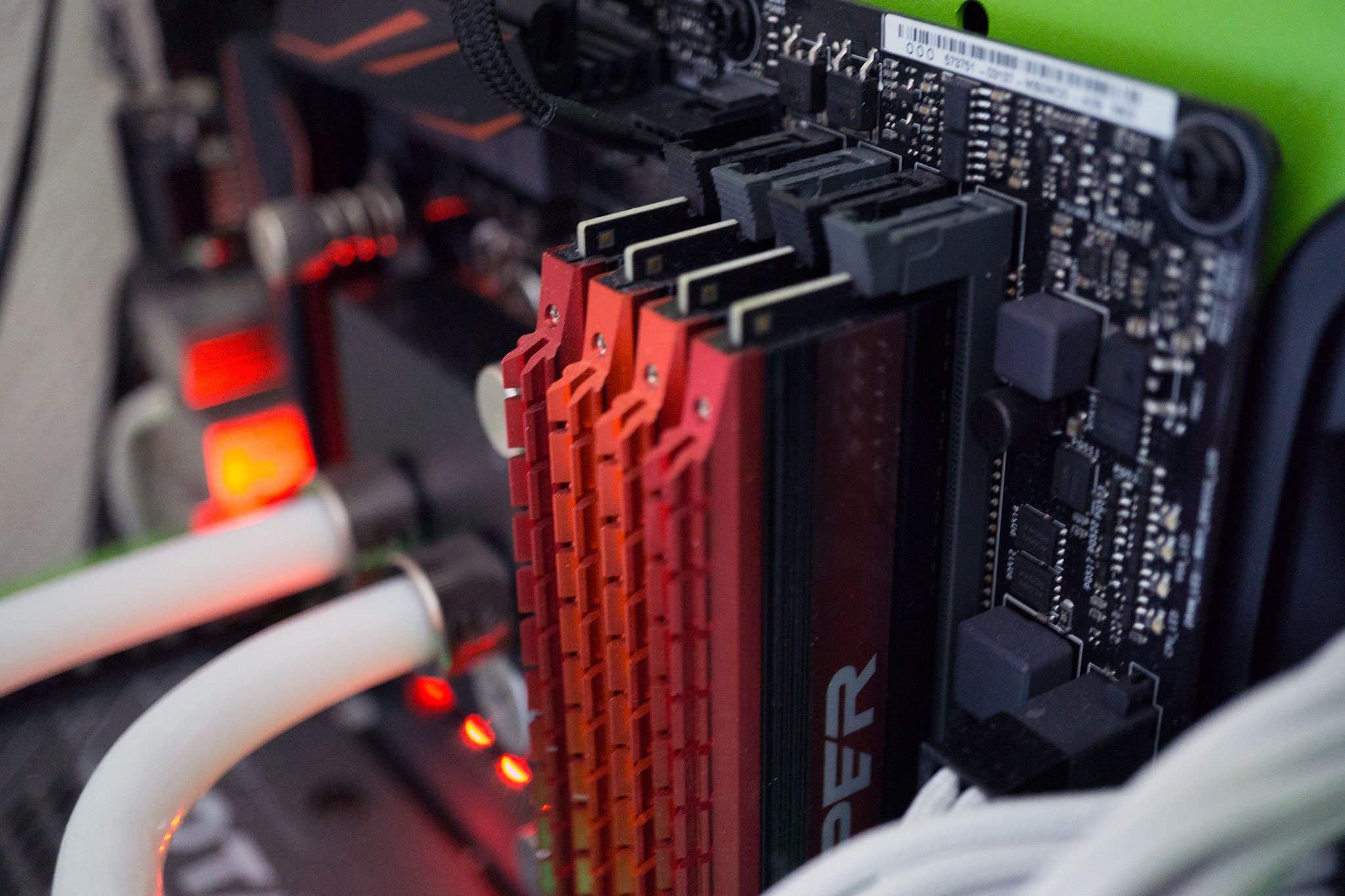
There's one sure way of boosting performance on any Windows 10 PC, and that's by increasing its RAM capacity. In this guide, we run you through how to do so on a desktop or laptop.
How much RAM does your PC need?
Installing RAM in desktop PCs
Depending on the motherboard, RAM modules are usually installed in corresponding slots (unless you're only installing a single stick). Manuals for motherboards usually state which slots you should use. If you're planning to install four sticks, it's simply the case of populating all the slots (unless you have eight of them instead of four).
Here's how to get started:
- Check which slots you'll be using.
- Match the notch in the RAM module to the grove in the slot.
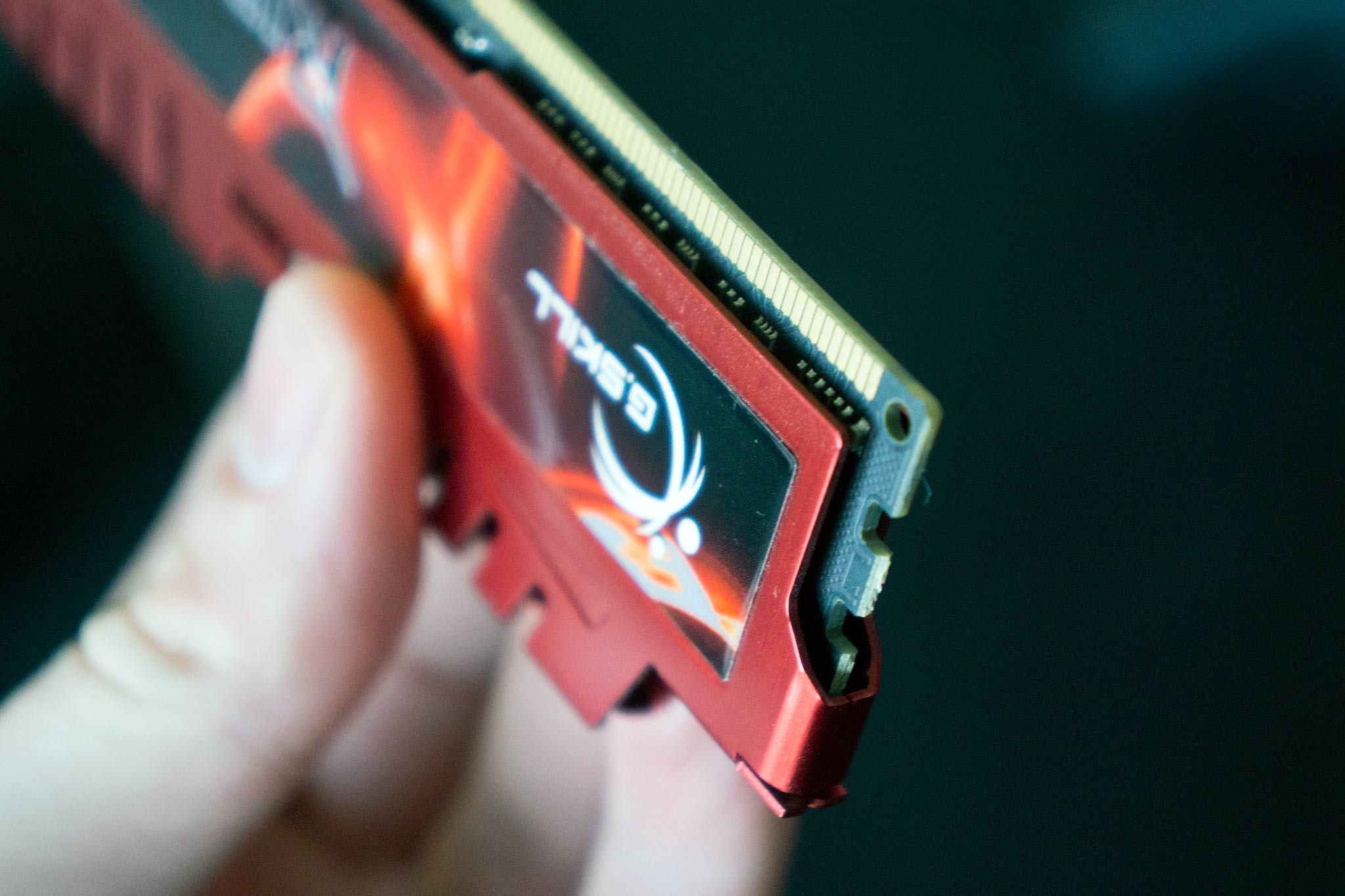
- Slide in the module and push down on the two ends.
- Ensure both clips are secured in place.
To extract the module from the motherboard, simply push down on both clips and the module will lightly pop out of the socket.
Installing RAM in laptops
Some laptops can be upgraded, allowing you to not only replace the RAM but also the storage devices and more. Installing RAM in a laptop is a bit different than installing it in a desktop PC. It's best to check the laptop manual for more details, but here's generally how the process works (you'll likely be replacing at least one module, so we included details on removing RAM too):
- Push clamps to the side for each RAM stick.
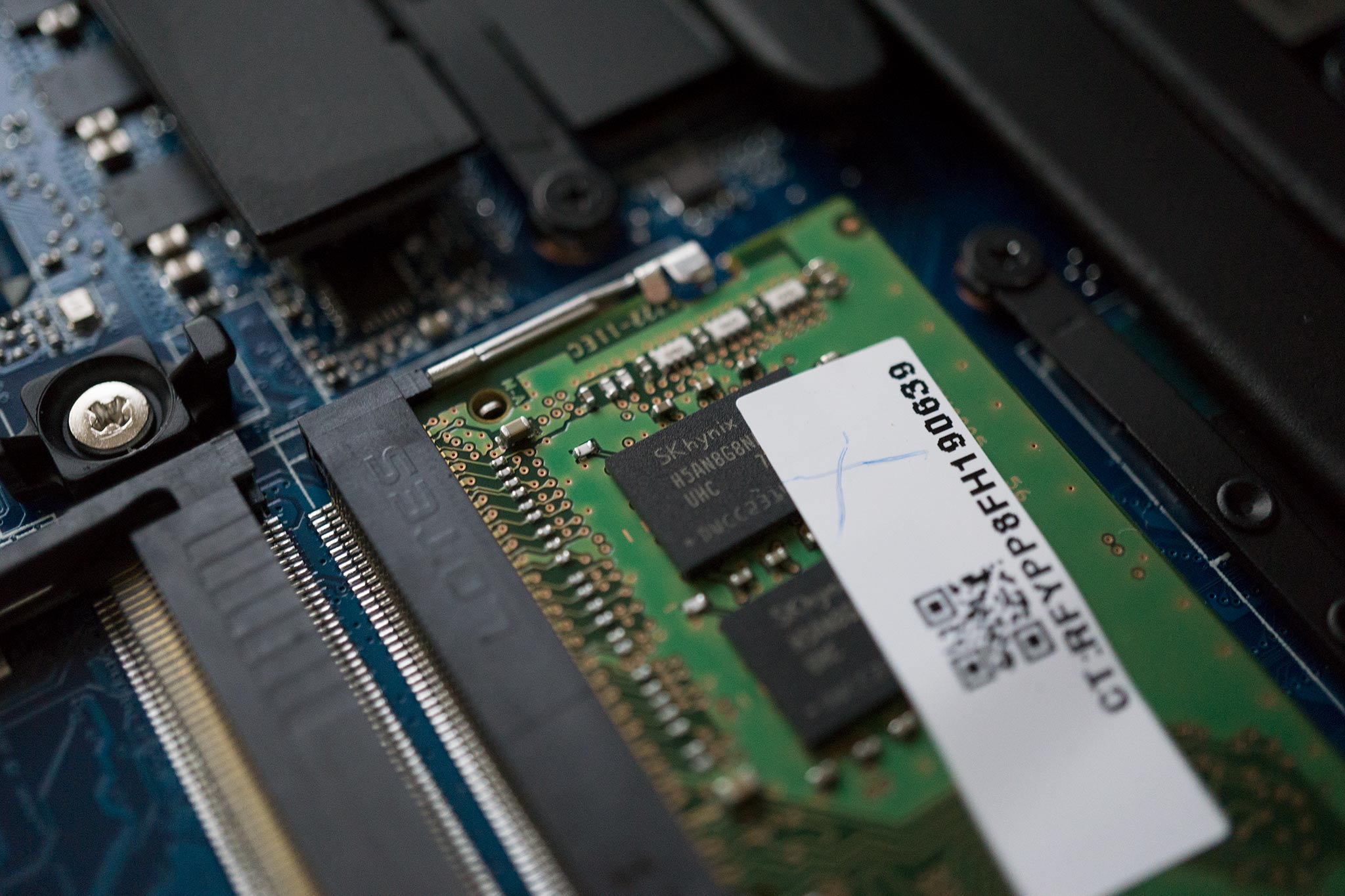
- Extract the RAM module.
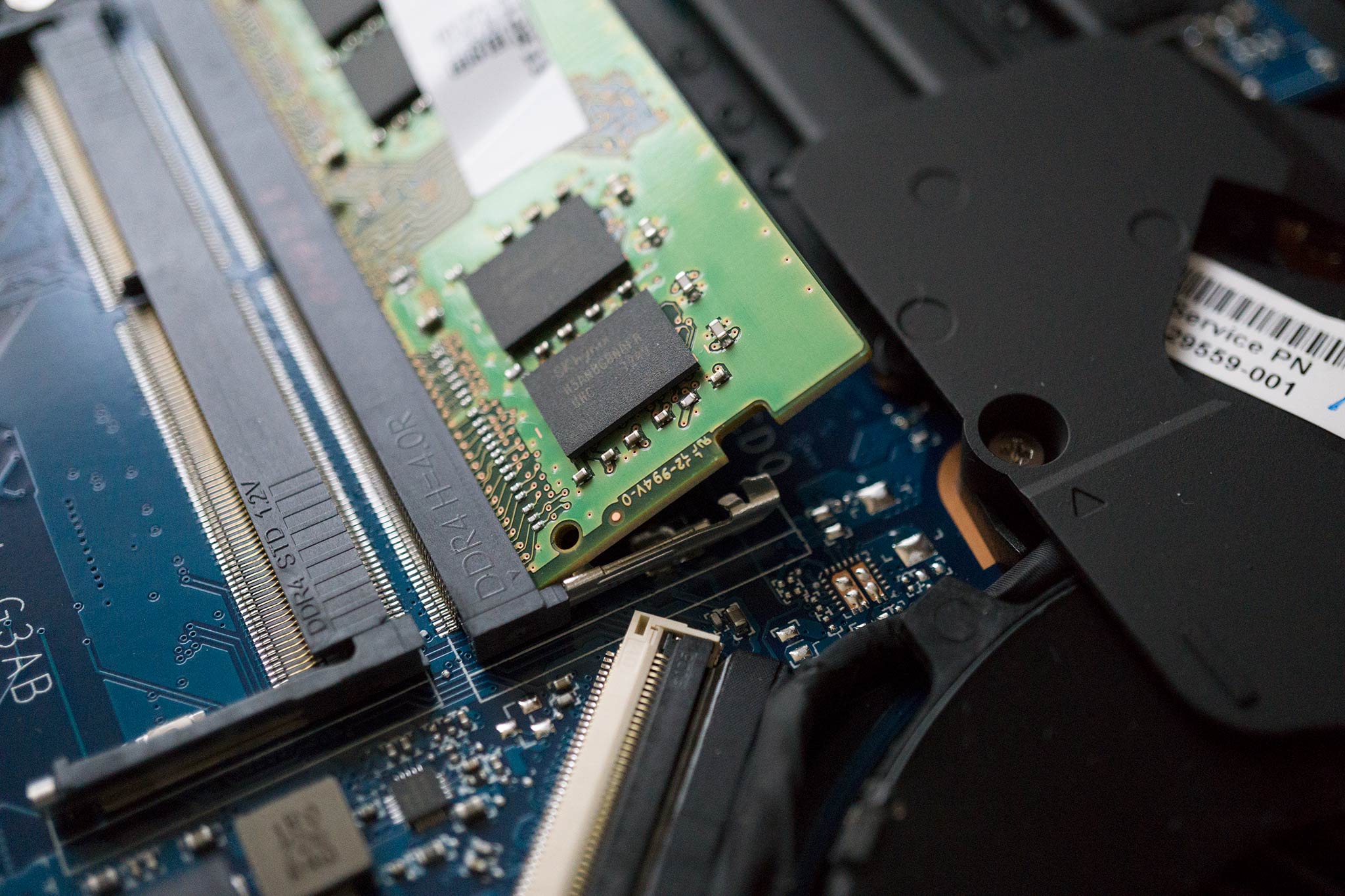
- Match the notch in the new RAM module to the grove in the slot.
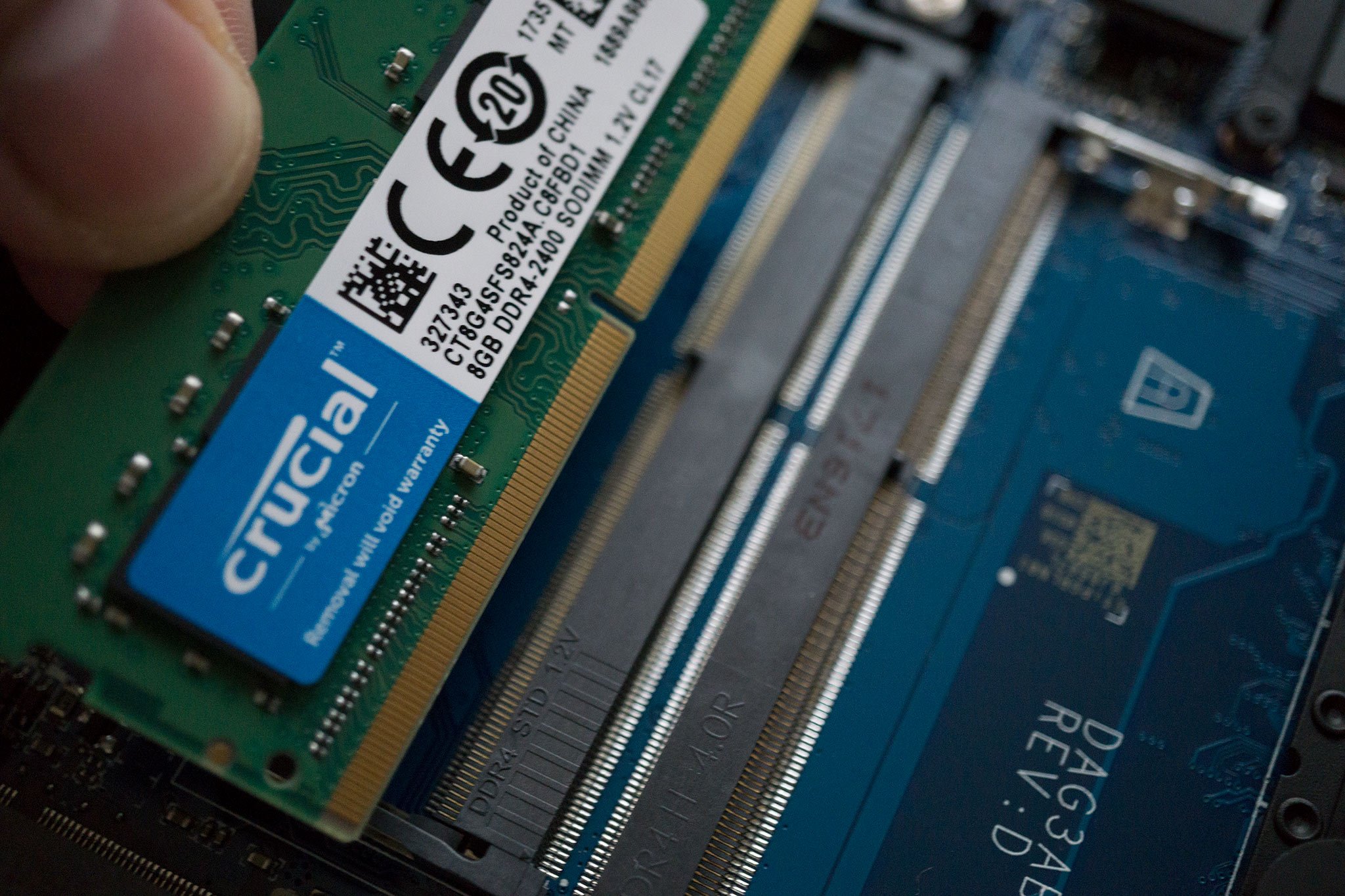
- Slide in the new module.
- Carefully press down on the module until it's locked into place.
- Repeat for the second module if installing.
After installing RAM in a PC or laptop, it's a good idea to run a few checks to ensure it has been detected and there are no issues with the modules.
All the latest news, reviews, and guides for Windows and Xbox diehards.
Further reading

Rich Edmonds was formerly a Senior Editor of PC hardware at Windows Central, covering everything related to PC components and NAS. He's been involved in technology for more than a decade and knows a thing or two about the magic inside a PC chassis. You can follow him on Twitter at @RichEdmonds.
